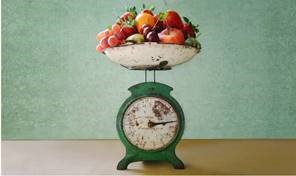
It takes 21 litres of water to produce a small milk chocolate bar!
Our diets can have a big environmental impact. The greenhouse gas emissions involved in producing and transporting various foods has been well researched, but have you ever thought about the water-scarcity impacts of producing your favourite foods? The answers may surprise you. Recently published research studied the water scarcity footprints of the diets of 9,341 adult Australians, involving more than 5,000 foods. Measured were both the amount of water used to produce a food, and whether that water was scarce or abundant at the location it was drawn from.
Biscuits, beer or beef: which takes the most water to produce? We found the average Australian’s diet had a water-scarcity footprint of 362 litres per day.
Foods with some of the highest water-scarcity footprints were almonds (3,448 litres/kg), dried apricots (3,363 litres/kg) and breakfast cereal made from puffed rice (1,464 litres/kg).
In contrast, foods with some of the smallest water-scarcity footprints included wholemeal bread (11.3 litres/kg), oats (23.4 litres/kg), and soaked chickpeas (5.9 litres/kg).
It may surprise you that of the 9,000 diets studied, 25% of the water scarcity footprint came from discretionary foods and beverages such as cakes, biscuits, sugar-sweetened drinks and alcohol. They included a glass of wine (41 litres), a single serve of potato chips (23 litres), and a small bar of milk chocolate (21 litres).
These foods don’t only add to our waistlines, but also to our water-scarcity footprint. Previous studies have also shown these foods contribute around 30% of dietary greenhouse gas emissions in Australia.
So what can we do? Be aware of your water footprint and make fewer discretionary choices to benefit your health as well as reduce your water-scarcity footprint.
Felicity Maher
Sustainability Officer

